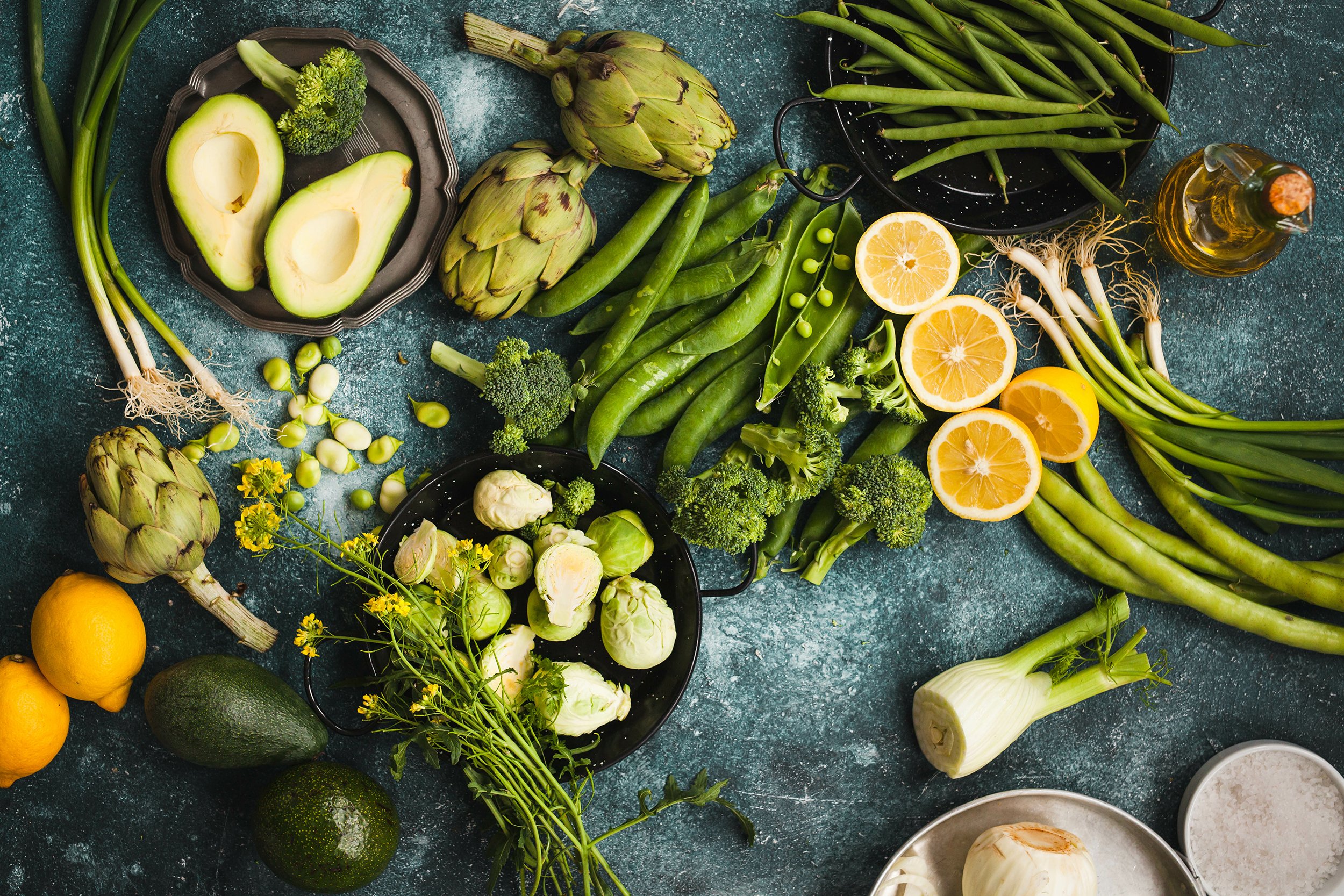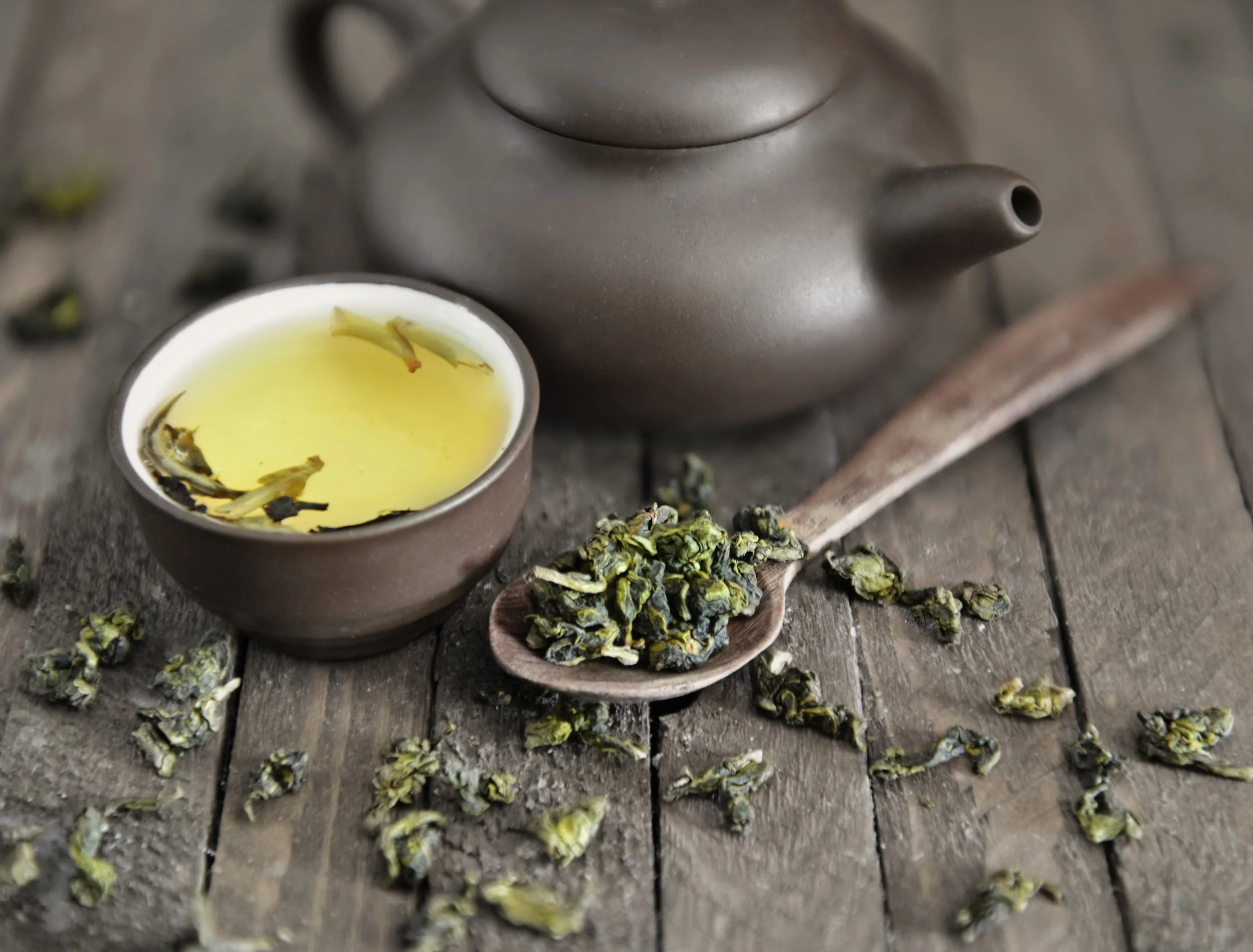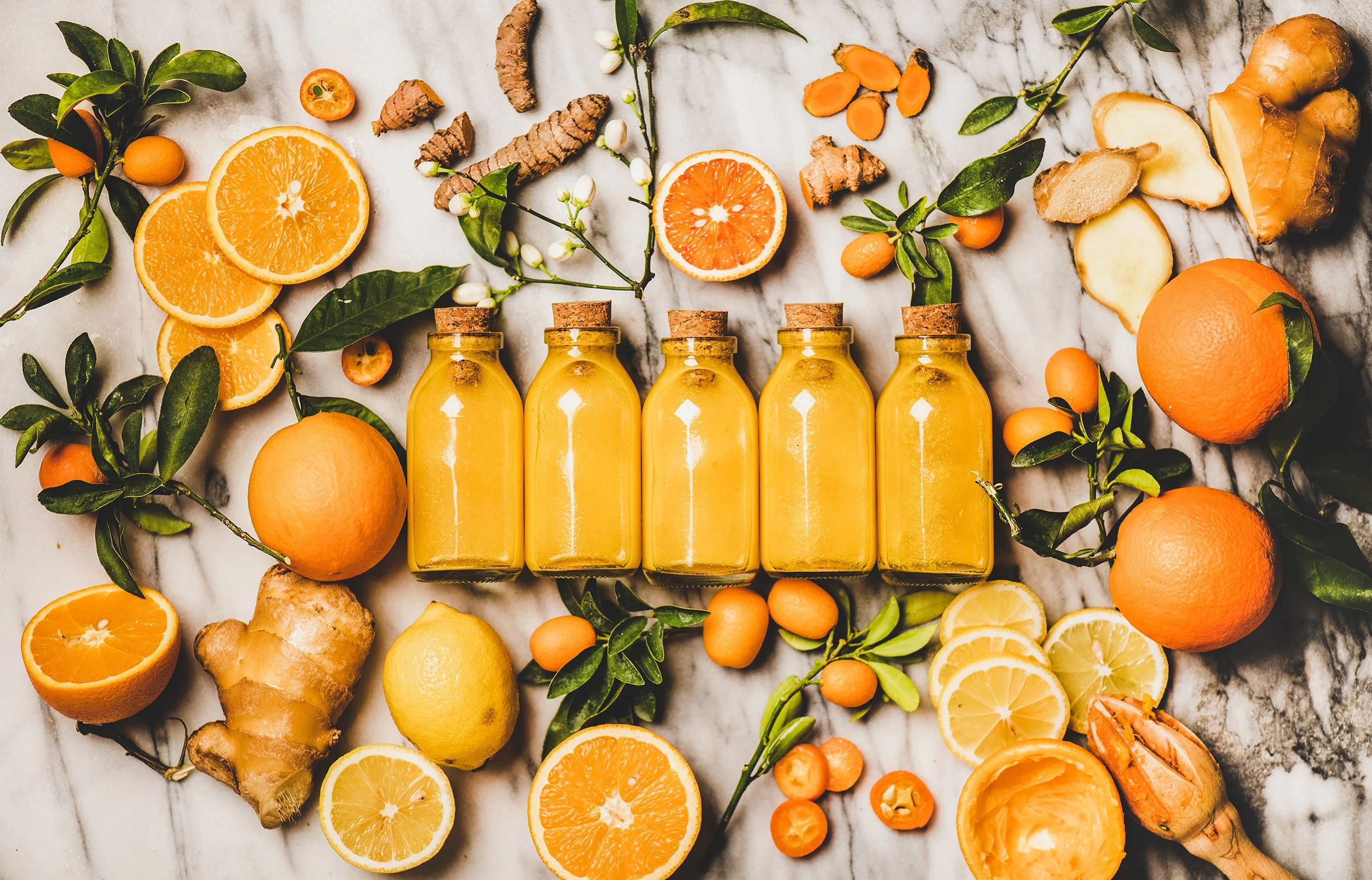
White Tea vs Green Tea
What are the Differences Between White Tea and Green Tea?
Cultivation and Processing
Both white and green tea have tremendous health benefits and are derived from the Camellia sinenses tea plant. The crucial way in which teas differentiate from each other is largely attributed to how they are cultivated and processed. White and green tea are both considered to be lightly processed, as opposed to black tea.
Another crucial part of processing is how the tea leaves are dried. So for example, either being first sun-dried or dried in the shade. White tea leaves are those that have first been sun-dried while green tea leaves are those that were dried in the shade.
For white tea, after they are sun-dried on bamboo sheets, they are then quickly brought indoors to then wither allowing the tea leaves and their white-tipped buds to retain their whitish color. Processing of white tea can be difficult at this stage because cultivators have to control the indoor environment such as temperature and humidity.
Contrast this to green tea, which is dried in the shade and then pan-fried or steamed, causing them to lose some of the whitish color characteristics. Sometimes green tea is pressed into a needle-like shape and dried into a curled shape.
Overall, white tea processing is a much gentler process compared to green tea.
Flavor Characteristics
The flavor notes of white tea are often described as fruity flowers or fresh hay. White tea is known for its overall light body. White tea generally has a light gold color. While green tea has a stronger taste profile described as fresh grass, vegetal, and sometimes toasty. Generally, it’ll have a golden-greenish color.
Caffeine
A general rule is that Camellia sinenses tea leaves that have younger buds contain more caffeine. Then you must consider how long your steep tea leaves, as this will affect the caffeine content. The longer you steep tea leaves or the higher the temperature of the water is, the more caffeine content is extracted out of the tea leaves.
Other factors like growing conditions, the time of harvesting, and the processing methods are additional factors in the caffeine content of white and green teas. Another general rule is that teas that are harvested in spring and summer times have more caffeine content versus other seasons.
There have been a few studies that have tested various teas and found various levels of caffeine content. It led researchers to discover that it is hard to come to a conclusion about general caffeine levels for consumers to expect in teas but they did find that white teas generally have higher caffeine content.
But as mentioned above, there are various factors that must be taken into account so at times a person can find that their green tea actually has more caffeine compared to an alternative white tea.
Health Benefits
Both white and green tea have a potent antioxidant called EGCG (epigallocatechin gallate), which is a catechin, a potent polyphenol. EGCG has been well researched and found to have benefits in decreasing the risk of heart disease, skin clarity by improving the skin’s photoprotection from UV ray damage, anti-aging properties by decreasing the breakdown of elastin and collagen, weight loss, lowering LDL (bad) cholesterol, and reducing the risk of various cancers.
Both green and white teas have various levels of catechin levels and there are broad ranges for each of these teas. Researchers found that green tea has between 21 to 228 mg/g of total catechin vs white tea has between 12 to 369 mg/g. So regardless of which tea you drink, there is a tremendous amount of antioxidants you are consuming as the differences are relatively small.
Specifically, when looking at white teas – there are largely three different types – Silver Needle, White Peony, and Shou Mei (or Long Life Eyebrow). One study found that White Peony has a significantly higher level of EGCG content compared to the others but this difference decreased when steeped at a lower temperature of water.
So the argument can be made that taking these factors into account, you can certainly find a white tea that has a greater quantity and concentration of antioxidants. These antioxidants have an impact on decreasing the risk of heart disease by lowering bad cholesterol levels, reducing the risk of certain cancers, and helping with weight loss.
Below is an excellent video by Dr. Mike about the many health benefits of green tea so definitely check it out to learn more!
Interested in learning more about teas?
Check out our post about the best teas for digestion and the many health benefits of

Get my top anti-inflammatory food list pdf that you can download for free!
Explore More Articles on Wellness & Nutrition
Good Mood Food: Foods that Help Address Anxiety and Depression
Foods to boost your mood and improve your health and overall wellness.
Ginger and Turmeric Shots
Explore the numerous benefits of drinking ginger turmeric shots. The mixture of these ingredients has been linked to improvement in the immune system, support our digestive system, improved metabolism, help regulate and balance blood sugar levels, and even some evidence showing an improvement in skin radiance.





